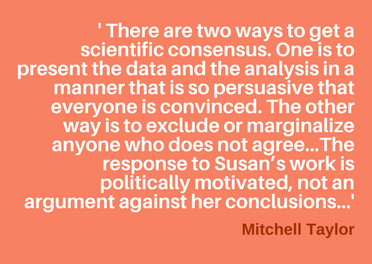
We’ve all heard or read about how our atmosphere is supposed to mimic a real greenhouse and how that is supposed to make our earth warmer through the emissions of human generated carbon dioxide.
Now we have a real-life example of how a real greenhouse leaks heat like a sieve leaks water. The breakdown of a boiler in a professional greenhouse in Edinburgh is causing concern about the special plants and flowers grown within that greenhouse.















